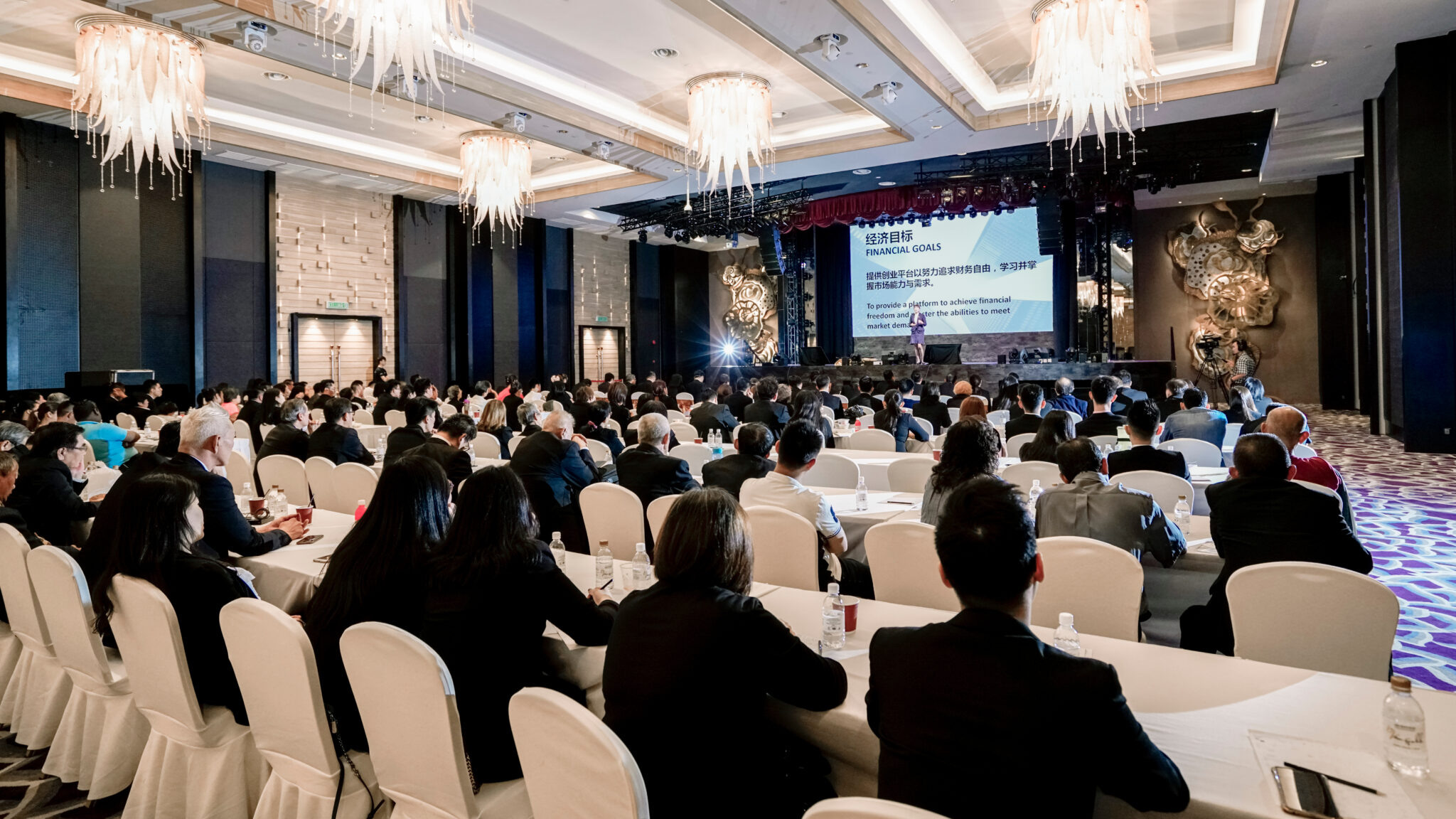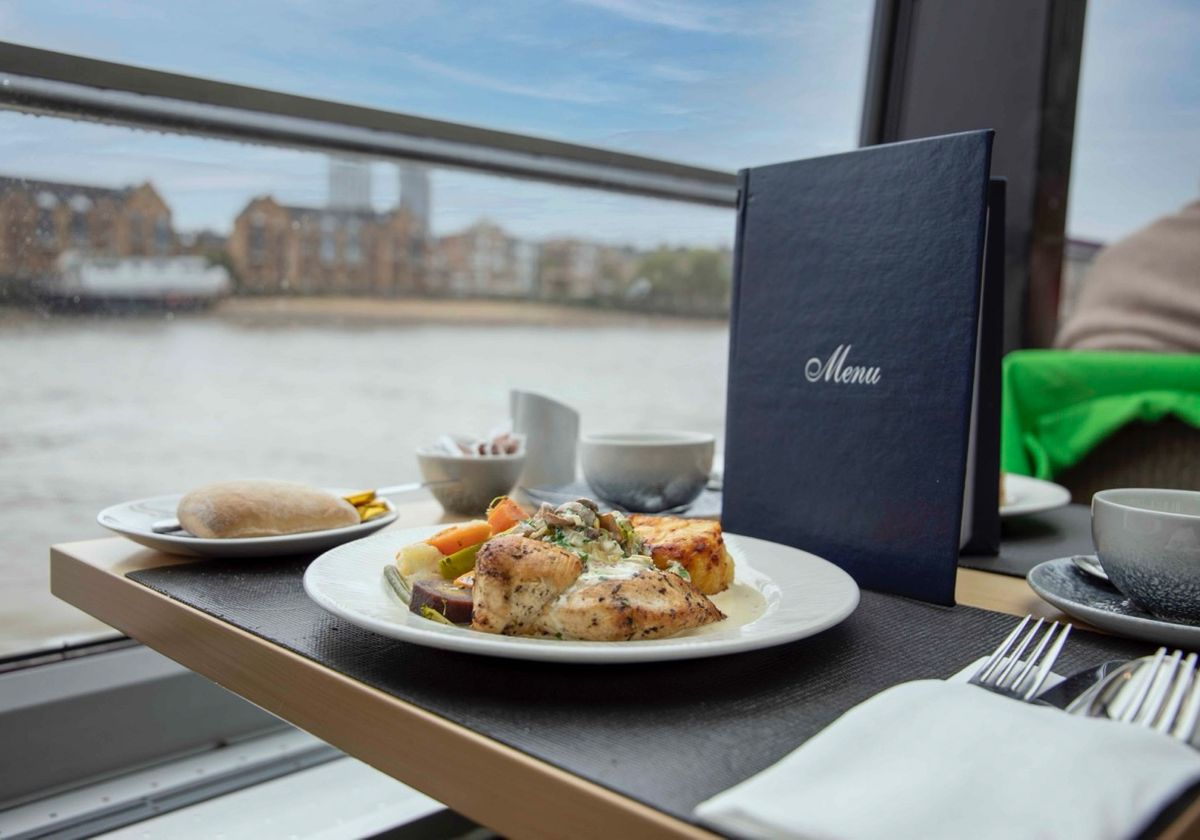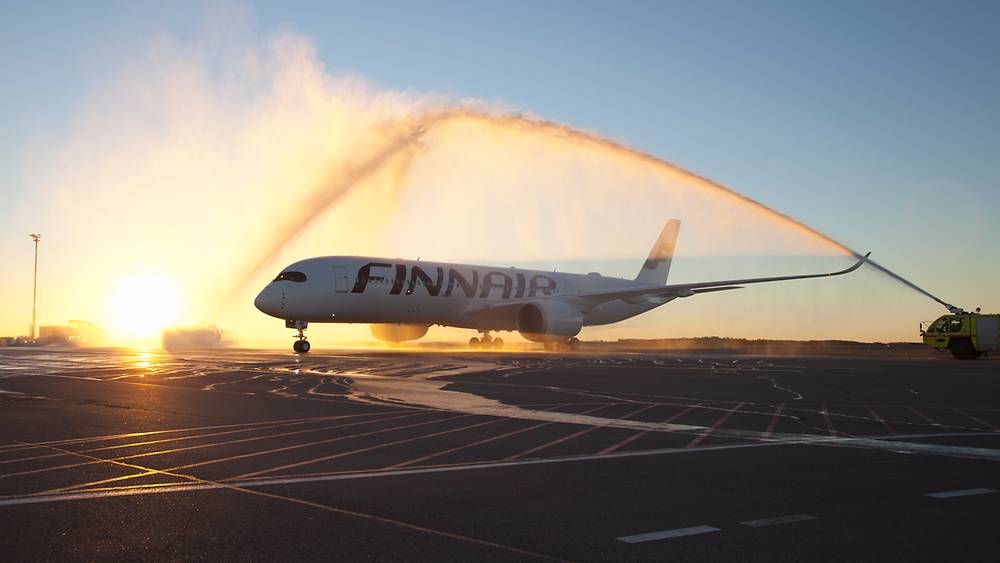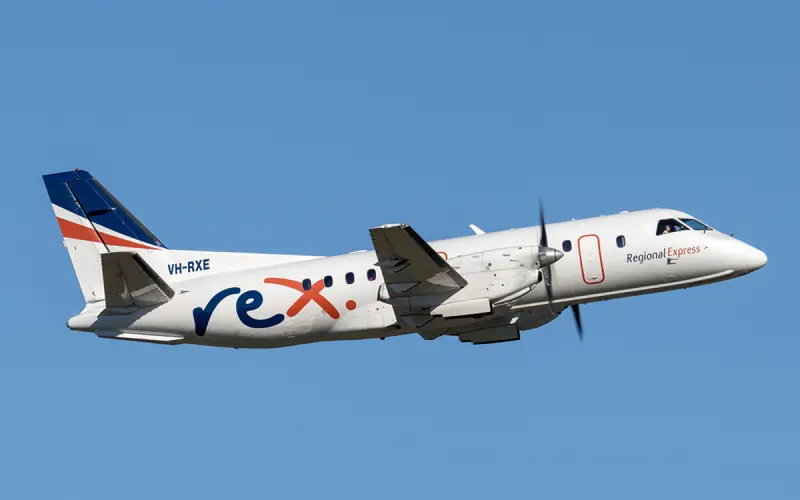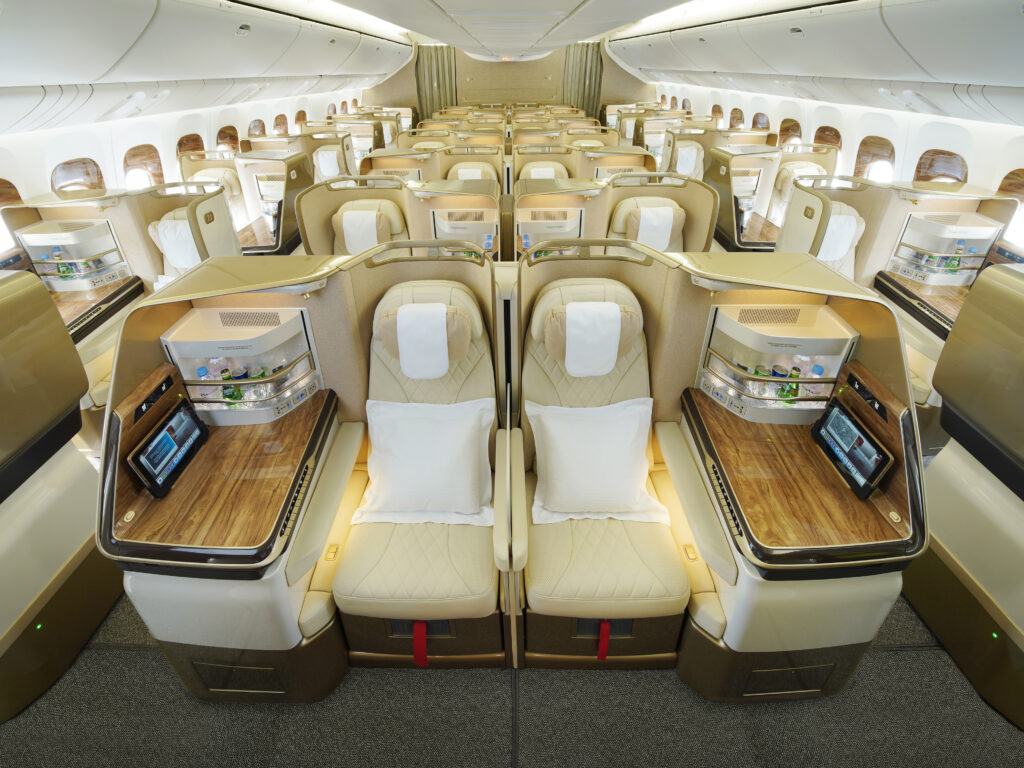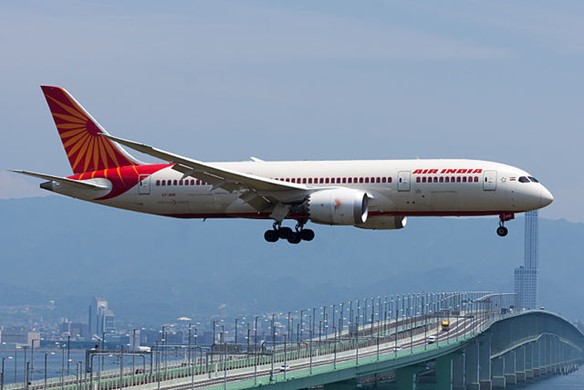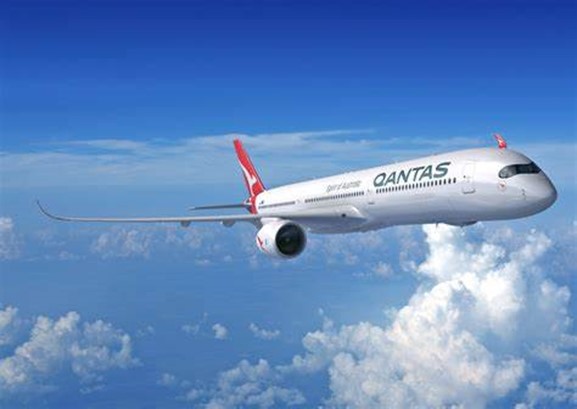
Drawing from my experience as a past executive in the aviation sector, I’ve been keenly tracking the progress of Qantas’ audacious ‘Project Sunrise’. This pioneering initiative seeks to establish nonstop flights exceeding 20 hours, forging direct air links from Sydney to global hubs like London and New York. Although these flights are projected to commence in 2026 or potentially 2027, subject to delays, the industry is already abuzz with discussions on the prospective implications for passenger comfort and ticket pricing.
Qantas’ Project Sunrise is an ambitious initiative that aims to redefine the future of air travel. The project’s goal is to operate regular, non-stop commercial flights from the east coast of Australia (Sydney, Melbourne, and Brisbane) to ultra-long-haul destinations such as London and New York. However, with these extended flight durations come concerns about passenger comfort and the potential increase in airfares. Let’s delve deeper into these aspects.
The Comfort Conundrum
Passengers on Qantas’ Project Sunrise flights have shared positive experiences. They appreciated the airline’s efforts to enhance comfort on the 19-hour flight from New York to Sydney, including various cabin configurations, lighting, meal timings, and in-flight exercises.
The introduction of ‘Wellbeing Zones’ was well-received, allowing passengers to stretch and engage in exercises. Initial research findings showed less severe jet lag, better sleep quality, and improved cognitive performance post-flight. However, these flights were not fully loaded, and all passengers were accommodated in lie-flat beds in business class. The experience may vary for different cabin classes on fully loaded-flights.
The human body is not designed to be confined to a small space for extended periods. Ultra-long-haul flights, which can last up to 20 hours, pose significant challenges to passenger comfort. The issues range from physical discomfort and jet lag to more serious health risks such as deep vein thrombosis.
To address these concerns, Qantas has been conducting research flights under Project Sunrise, studying ways to enhance passenger comfort. The airline has been experimenting with various cabin configurations, lighting, meal timings, and even in-flight exercises to mitigate the effects of long-haul flights on the body.
In addition, Qantas has been working closely with aircraft manufacturers to design cabins that can better accommodate the needs of passengers on ultra-long-haul flights. This includes more spacious seating, improved air quality, and lower cabin altitude, all aimed at enhancing passenger comfort.
The Rising Cost of Airfares
While the prospect of flying non-stop from Sydney to London or New York is undoubtedly appealing, it comes with a potential increase in airfares. Operating ultra-long-haul flights is expensive. The cost of fuel, the need for specially configured aircraft, and the additional services required to maintain passenger comfort all add to the operational costs.
Qantas, however, is keenly aware of the price sensitivity of its customers. The airline is exploring various strategies to keep airfares as competitive as possible. This includes maximizing the efficiency of its operations, investing in fuel-efficient aircraft, and offering a range of fare classes to cater to different budgets.
Looking Ahead
Project Sunrise represents a significant step forward in the evolution of air travel. While challenges around passenger comfort and cost remain, Qantas is committed to finding solutions that balance these concerns. The airline’s ongoing research and investment in this area signal its dedication to making ultra-long-haul travel a viable and enjoyable reality for its passengers.
As we watch the sunrise on this new era of aviation, it’s clear that the journey is just as important as the destination. And with Project Sunrise, Qantas is striving to ensure that journey is as comfortable and affordable as possible.
My conclusion
I believe that a specific group of people, mainly Business and First-Class passengers, including business leaders and wealthy retired people, might be ready to pay an extra 20% over their regular ticket price to fly nonstop from and to Australia. The long flight duration might not appeal to everyone. Instead of spending extra money on such long flights, you could save on the ticket price and spend it on a hotel stay in the Gulf or Asia. This way, the journey becomes more comfortable for you.
I also doubt that budget-conscious economy passengers will be willing to pay the premium. Other airlines with stopovers in Asia/Pacific or intriguing Middle Eastern destinations will offer more affordable alternatives. The competitive landscape is set to intensify as airlines ramp up their capacity and frequency and new entrants join the fray.
Qantas undoubtedly has more expertise and data to forecast prices than I do. So, either they have insights that I lack, or they are priming their customers to brace for lack of comfort and higher fares on Project Sunrise routes, banking on their willingness to pay more for the experience of flying in an aircraft emblazoned with the iconic red kangaroo.



 share
share


















